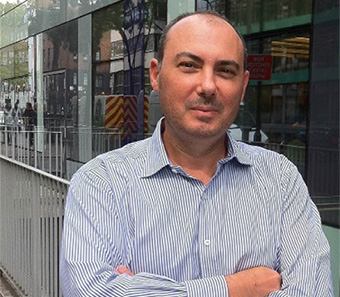
By George Arvanitis
Envisioning how industrial activities play a key role in making cities work is a fundamental element of sustainable urban development. Often, industrialized areas are convenient to transport and infrastructure, but they are frequently characterized as unglamorous or are situated in peripheral locations. The challenge for masterplanning is how to create sustainable industrial developments and deliver a quality work setting.
A sustainable city should be one that can include industrial activities, one that can create inspiring urban spaces, and one that can provide for the following:
- Integration of industries within the urban fabric
- Modernization of vast aging industrial areas
- Emerging creative clusters in trendy parts of cities (such as the Silicon Roundabout high-tech creative cluster in Shoreditch, London)
- Transformation of industrial buildings
The quality of the environment and amenities are essential to the welfare, and thereby the productivity, of the workforce. Mixing uses promotes diversified investment that can foster an authenticity to inspire creative people and an atmosphere for innovative crossovers. Growing synergies through shared services and infrastructures (transport, healthcare, leisure) engender work-life balance.
Industrious neighbors, inspiring buildings, and vibrant streets should be considered valuable and resilient communities waiting to be rediscovered. Industrious mixes that may be overlooked or considered awkward are missed opportunities to define exciting places and host a wider diversity of uses. Complementary uses can also take advantage of underused spaces in residential or commercial developments or in developments alongside industrial infrastructure, such as logistics or maintenance depots.
The transformation and reinvention of industrial places through innovation networks hinge upon relationships between creativity and the importance of quality of place. In the global battle to attract talent and skills, amenities and diversity can create an ecosystem of innovation that, alongside industrial activities, can respond to the current challenges of today’s market and deliver competitive conditions.
ABOUT THE AUTHOR
George Arvanitis is currently Parsons’ Director of Masterplanning and Urban Design, based in Dubai. He is an architect and urban designer with more than 20 years of experience in Europe, the Middle East, and the United States. He has led project teams on a wide variety of projects through internationally renowned practices and has a proven track record of delivering large-scale, complex developments.
George has a Master of Architecture and a Master of Architecture in Urban Design from Harvard University Graduate School of Design, as well as a Bachelor of Architecture from the University of Florida College of Architecture, in the United States.